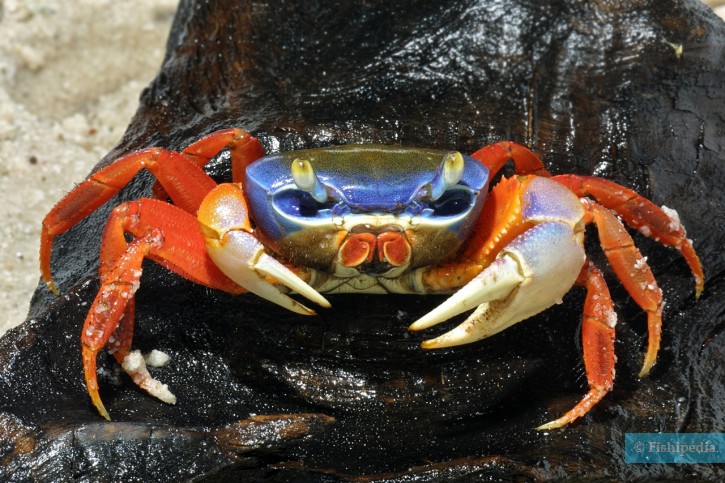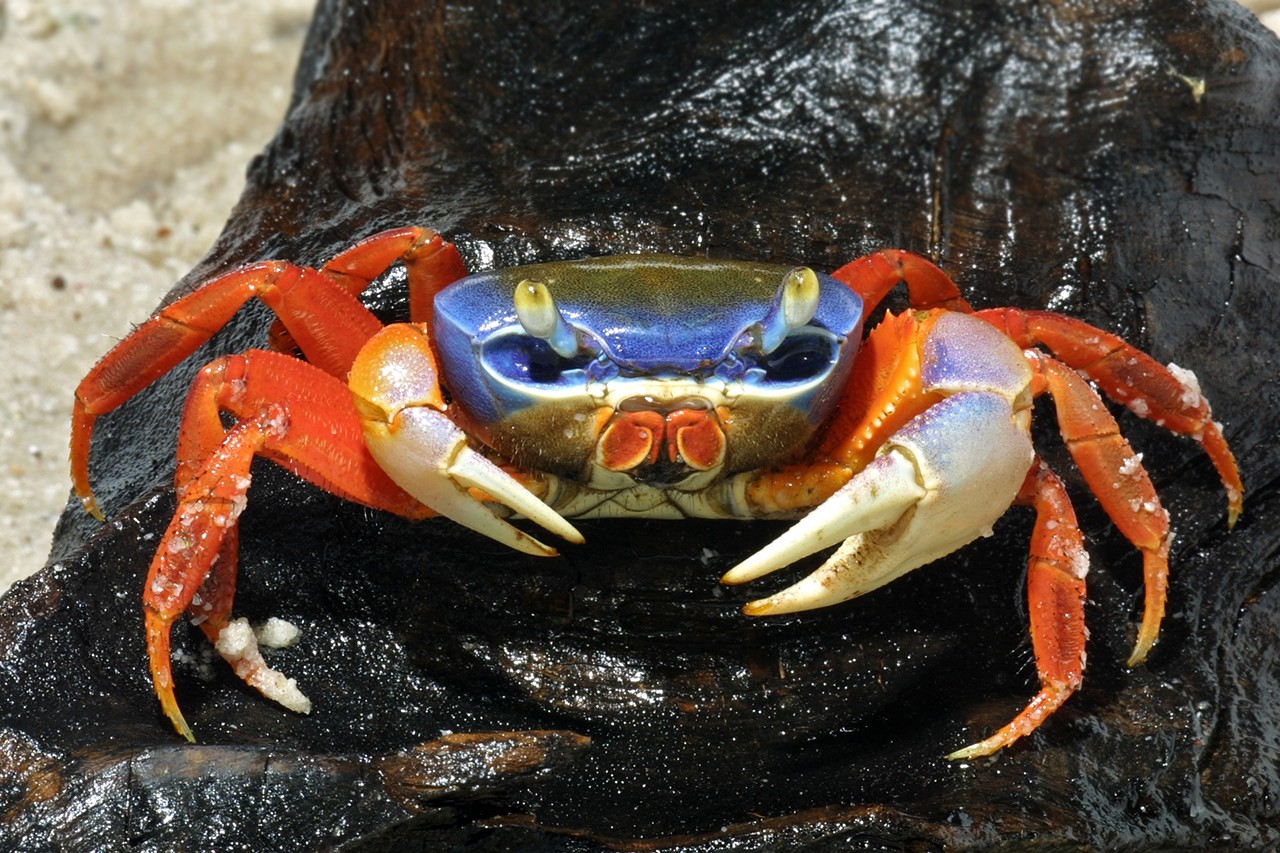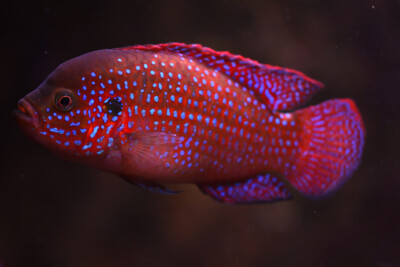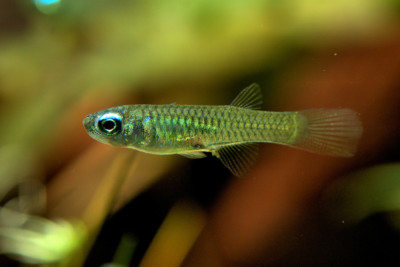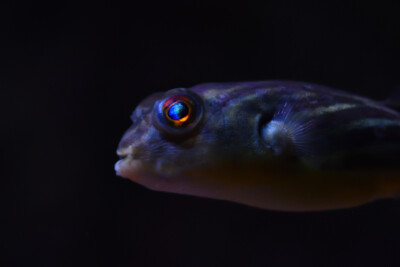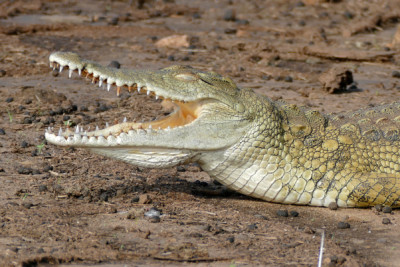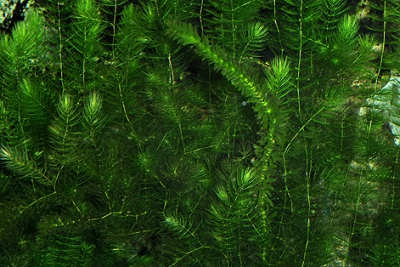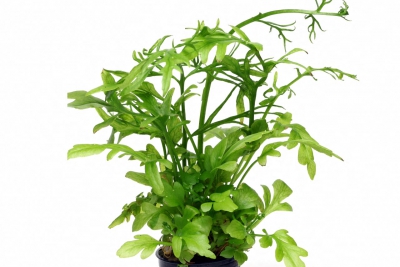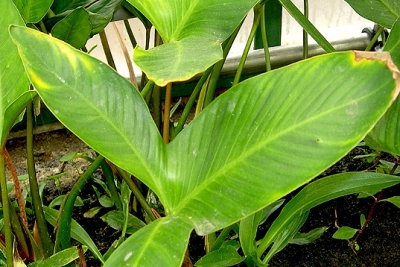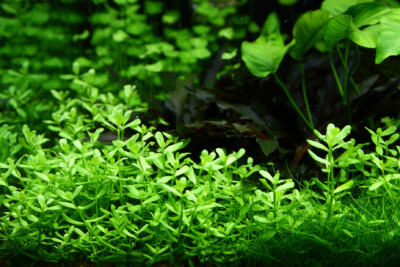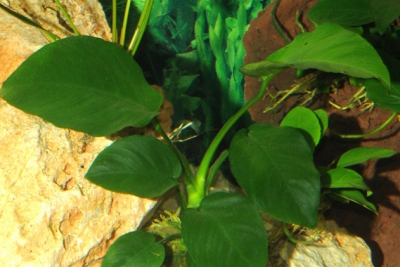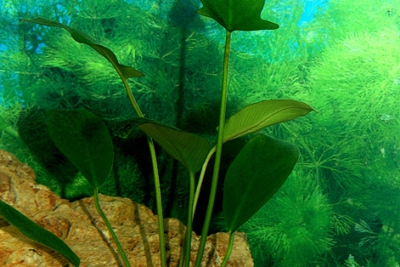Introduction
Cardisoma armatum is a fresh water crustacea from the Africa.
This sheet is currently being prepared. The texts currently proposed come from our data model or are being drafted. To request priority for this content, you can write to us HERE.
Who is it?
Morphology
-
Type
-
Average size14 cm
-
Maximum size17 cm
-
Longevity12 year
-
Type
-
Average size14 cm
-
Maximum size17 cm
-
Longevity12 year
How to recognize this crustacea ?
Cardisoma armatum measures between 14 and 17 cm.
The crab always has 5 pairs of legs, the first pair of which is transformed into claws. Unlike other crustaceans, its size corresponds to the diameter of the shell and not to the length of its body.
Behaviour & Life cycle
-
Sociabilitysolitary
-
territorialYes
-
VenomousNo
-
Way of livingdiurnal
Being an amphibian, it is equipped to get out of the water regularly. When it is outside, it does not use the oxygen of the air but the one kept in reserve in the cavities where its gills are.
Like all crustaceans, Cardisoma armatum molts whenever it becomes cramped in its shell. Before the hardening of its new body, it is more vulnerable and spends a good part of its time hidden. This mechanism, very complex, allows the periodic renewal of the exoskeleton and part of the internal skeleton. It is also during the moult that the females become fertile.
Cardisoma armatum is a crustacea solitary. This species is omnivorous .
In a constant quest for dominance, the dominant males of this species cannot stand each other. The battle between two individuals can be intense and violent. It will result in the submission and sometimes even death of one of the protagonists.
Cardisoma armatum has a tendency to dig the ground and bury itself in caves to take refuge. It plays an important role in the ecosystem because it digs deep into the soil and helps to aerate it (preventing it from becoming compacted).
Reproduction
-
Migratory speciesYes
Like crayfish, females incubate numerous eggs under their abdomen.
Harmless species
This species does not represent any particular threats to humans when encountered in its natural environment.
Origin and distribution
What is its habitat?
Natural environment characteristics
-
Temperature18 - 30 °C
-
pH (acidity)7.5 - 8.5
Biotope presentation
In their natural habitat, land crabs play a central role in the balance of the ecosystem. In addition to the fact that they dig deep into the ground and promote the growth of local plant species through its aeration, these crabs feed on carrion and dead leaves, which are thus returned to the "nutrient" cycle more quickly.
Species of the same biotope
Main recommendations for fishkeeping
Deontology
In order to preserve wildlife, if you acquire this animal, it must not be released into the wild. See also, the Fishipedia charter.
Fishipedia supports the practice of responsible and environmentally friendly aquarium keeping. We encourage maintenance if it is motivated by a desire to understand the biological functioning of living things and if it is done with respect for animal life.
We believe that aquaristics is an opening to the discovery of aquatic environments, especially freshwater, and that this knowledge is necessary to better protect and respect these environments. Logically, we refute the compulsive purchase of animals that would not find a sufficient and / or adapted place in the host aquarium.
Our recommendations
-
Min volume160 liters
-
Population min1
-
Temperature18 - 30 °C
-
pH (acidity)7.2 - 8
Characteristics
-
Type of maintenanceAquaterrarium
-
Maintenance difficultymoderate
-
Availabilitystandard
-
Behaviourvery aggressive
-
Robustnesstolerant
-
Environmentfresh water
-
Breedingfresh water
Recommended equipment from our partners
-
Aquarium
-
Filtration
General reminders
It is strongly advised to read the complete dedicated file and to get information on the feedbacks of maintenance of the envisaged animal, this to avoid any potential conflict whose end result is generally the death of the individual (or the other inhabitants). It is important not to overload your aquarium to limit pollution. This will make maintenance easier.
In nature, animals are subject to weather conditions and live in waters with variable characteristics. The recommendations offered by our team for aquarium maintenance are a guidance and cannot be assimilated to scientific datas.
General reminder on maintenance datas
Le démarrage d'un aquarium est une partie primordiale pour l'équilibre et le bien-être des poissons. Lorsque l'on met en eau un aquarium, l'eau passe naturellement par un cycle biologique : le cycle de l'azote. Celui-ci dure environ trois semaines. Tous les 2 jours, nous vous conseillons de tester votre eau jusqu'à ce que le taux de nitrite soit à zéro pendant plusieurs jours d'affilée.
Pour accélérer ce cycle, vous pouvez utiliser un activateur de bactéries comme JBL Denitrol. Cette solution riche en bactéries vivantes et enzymes permet une mise en place rapide du cycle de l'azote. Les poissons peuvent alors être introduits plus rapidement.
Il est important de tester l'eau de son aquarium régulièrement pour maintenir un environnement sain pour les poissons et les autres habitants. Les tests d'eau permettent de mesurer les niveaux de différents paramètres tels que le pH, la dureté totale, ainsi que les taux de nitrates, de nitrites et d'ammoniaque.
Pour réaliser ces tests, vous pouvez utiliser des produits d'analyse spécialisés tels que JBL ProScan qui permet de réaliser un diagnostic de l'eau directement via un smartphone. Il existe également des coffrets de tests plus classiques de bandelettes, comme JBL PROAQUATEST.
En cas d’usage de l’eau du robinet, vous pouvez utiliser un conditionneur d’eau de type Biotopol de JBL pour éliminer les substances nocives comme le chlore, le cuivre, le plomb et le zinc. Une eau trop dure ou trop calcaire peut être inadaptée à de nombreuses espèces tropicales d’eau douce. Si nécessaire, vous pouvez la couper avec de l’eau osmosée ou de pluie filtrée afin d’obtenir une dureté plus adaptée aux besoins de vos poissons et de vos plantes. Les conditionneurs d'eau garantissent une meilleure santé aux poissons et une meilleure croissance des plantes.
Chlorine and chloramine are dangerous for the health of animals. Used to disinfect water, these agents are present in significant quantities in tap water. We recommend using an anti-chlorine agent every time you change the water. In addition to chlorine, treatments and medicines sold for aquarium use sometimes contain dangerous heavy metals in high doses.
Specific needs for Cardisoma armatum
Cardisoma armatum is a species which lives naturally at a temperature between 18 °C and 30 °C. Nitrate levels should remain below 50mg/L. To keep the water clean and unpolluted, plan on changing 20% to 30% of the water volume each month.
The breeding of this species is accessible on condition of being well informed about its needs in aquarium . Any cohabitants must be chosen with care to avoid the loss of animals.
This species is particularly common in the aquarium trade. Animals from long-term breeding are usually acclimatized at a temperature of about 26 °C in neutral water.
Copper is toxic to many invertebrates. Some fertilizers and aquarium foods contain copper sulfate and should be used with caution. Since Cardisoma armatum are sensitive to copper, we do not recommend using these products in any form.
Precautions to take with crabs
The maintenance of crabs is never easy. They are intelligent invertebrates with a high sensory sensitivity that need specific environments. They are generally quite solitary, and you will have to be patient to get to know each individual.
amphibian crustacean
Cohabitation & Environment
In a community aquarium context, this species should be kept in a minimum volume of 160 liters.
Cardisoma armatum has a very strong character. Few neighbors are able to stand up to it.
Its maintenance with other territorial species is very risky and has great chances to lead to drama. The choice of possible cohabitants must therefore be carefully considered and only in an appropriate context (large volume, refuges...).
The maintenance with conspecifics can also be complicated.
The males of this species do not support each other, the maintenance of several of them in the same tank is strongly disadvised.
Being opportunistic, this species should not cohabit with crustaceans or fish of similar or smaller size because they would in fact become potential prey. Sick species, territorial or sharing the same life zone as this crustacean are the subjects most at risk.
Due to their fragile state during moulting, all crustaceans need an environment provided with hiding places (roots, pebbles, leaves, plants, etc.) to shelter in case of danger. It spends part of its time in burrows. It is important to provide a substantial thickness of substrate so that it can build his refuge.
Basic water maintenance
Cardisoma armatum naturally living in basic water, the presence of limestone rocks such as millstone or travertine will improve its environment. It is also advisable to add sand with a contribution of specific salts to stabilize the pH, to be gauged according to the hardness of the water used.Tips for feeding
Cardisoma armatum is omnivorous.
Feed animals in moderation to maintain good water quality. Meals should be eaten within 2–3 minutes, served in several small portions rather than a single large ration.
Uneaten food quickly decomposes, releasing ammonia, nitrites, and nitrates, which disturb the aquarium’s biological balance.
Make sure each species can access food properly, slower or bottom-dwelling individuals may require targeted feeding.Food recommendations from our partner JBL - Products PRONOVO
-
Tabs
Reproduction protocol
-
Maintenance difficultymoderate
-
egg-laying protectionNo
Reproduction of this species in an aquarium is considered moderate.
Reproduction of this species is feasible in captivity.
Hybridization risks
In general, it is advised not to mix several species of the same genus or different varieties of the same species, to avoid the risks of hybridization.
These plants might interest you
Plants play a crucial role in aquariums, both for their ability to filter water by absorbing excess nutrients and for their aesthetic contribution. They provide fish with natural hiding places, can serve as breeding sites, and generally help maintain the overall balance and optimal conditions of the aquarium. The selection presented here includes species from the same regions as the species described on this page, although they do not necessarily come from its exact natural biotope.
To go further
Sources & Contributions
Participation & Validation
The Fishipedia team and specialist contributors are committed to providing high-quality content. However, although the information comes from scientific sources or testimonials from specialists, the cards may contain inaccuracies.
Translation
Translation done with the valuable contribution of our translators, who make this information available to a wider audience. We sincerely thank them for their commitment.
Scientific partners
Species of the same biotope
